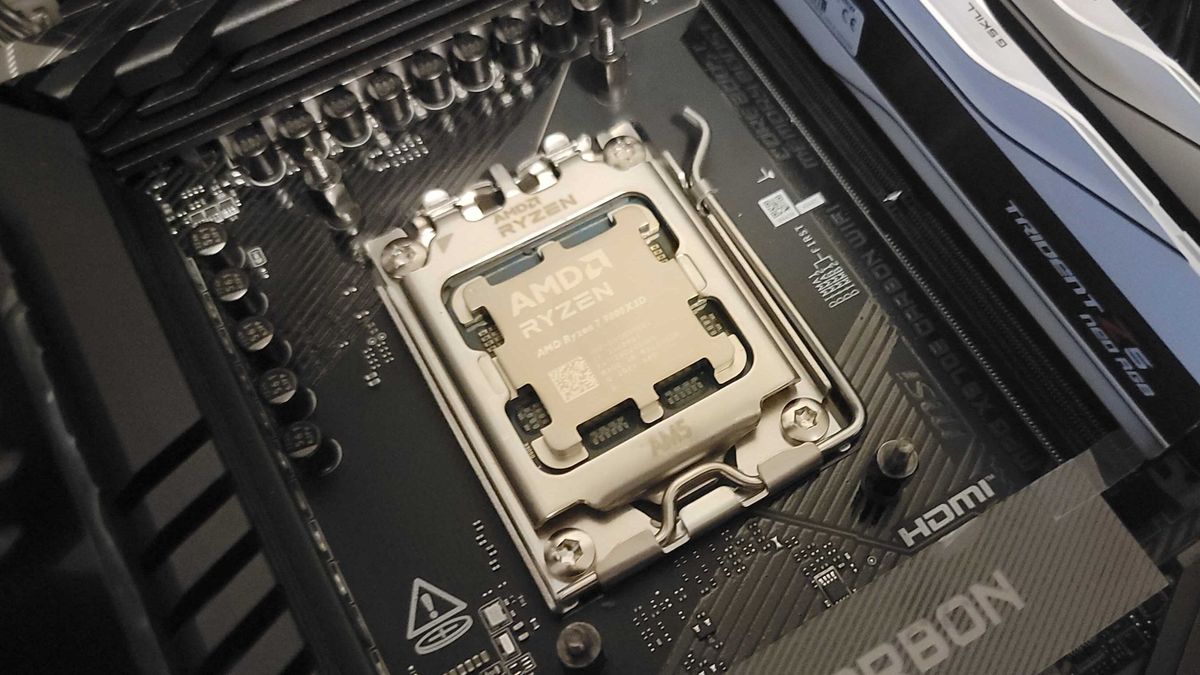New therapeutic strategies build on the success of immunotherapy.
In 2012, clinicians at the Children’s Hospital of Philadelphia treated Emily Whitehead, a 6-year-old with leukemia, with altered immune cells from her own body. At the time, the treatment was experimental, but it worked: The cells targeted the cancer and eradicated it. Thirteen years later, Whitehead is still cancer-free.
The modified cells, called CAR-T cells, are a form of immunotherapy, where doctors change parts of the immune system into cancer-attacking instruments. About five years after Whitehead’s treatment, the first CAR-T drugs were approved by the FDA and were heralded, along with immunotherapy more broadly, as one of the most promising modern cancer treatments. Today, there are seven FDA-approved CAR-T therapies, including the one used to treat Whitehead.
Since then, however, studies have linked CAR-T to fatal complications due to treatment toxicity, and the treatment has had a harder time addressing certain types of cancers, particularly solid tumors affecting the breast and pancreas, although some small clinical trials have been starting to show positive results for solid cancers. “After a decade, a decade and a half, we arrive at the point that there are patients who answer, most of the patients still do not answer,” said George Calin, a researcher at University of Texas MD Anderson Cancer Center.
Now experts say that new therapies are beginning to surpass challenges that previous treatments couldn’t, providing safer, more targeted delivery directly to tumors. These include drugs that contain radioactive substances, called radiopharmaceuticals, which are used to diagnose or treat cancer; medications that can influence the genes that spur or suppress tumor growth; and therapeutic cancer vaccines.
These approaches have shown promise in the lab, and researchers and companies are now conducting various stages of human clinical trials to explore their effectiveness. And some promising treatments have even gained approval by the Food and Drug Administration. The hope is that improving on these strategies will ultimately help treat even the most resistant types of cancer.
Despite researchers’ excitement for innovative treatments, there is rampant online misinformation and there are occasions in which companies have been found to tout and sell fake cures, said Kathrin Dvir, an oncologist and researcher at Moffitt Cancer Center.
But other scientists remain optimistic about the future of cancer research, Calin said: “All the time in science, you have to open the door with something new.”
Targeting is tough
Historically, one of the biggest challenges in cancer treatments has been the lack of specific targets. The typical standards of care — chemotherapy and radiation — kill off not only cancer cells, but also healthy ones. (This is one reason why cancer patients on these treatments experience hair loss, nausea, and other symptoms.) In recent years, scientists have thus aimed to develop therapies that only attack cancer cells, leaving the rest of the body unharmed.
One way to achieve this is through more precise targeting of the tumor. In one of these approaches, drugs act as a ferry, delivering radioactive molecules directly to the cancer. They do this by targeting proteins that are only present on the surface of specific tumors.
Take, for example, prostate cancer. Here, the cancerous cells are sensitive to radiation, so some researchers are working on drugs containing unstable chemical elements that emit radiation — radioactive isotopes, or radiopharmaceuticals — to facilitate imaging of the tumors and provide enough radiation to treat them.
Already, the field of radiopharmaceuticals has seen growth following successes like the brand name drugs Pluvicto for prostate cancer and Lutathera for neuroendocrine tumors, which reportedly offer improved quality of life compared to traditional treatments. Additionally, using radioisotopes for imaging could also allow researchers to diagnose and classify patients much better to provide personalized care, said Jason Lewis, a radiochemist at Memorial Sloan Kettering Cancer Center. And while radiopharmaceutical therapy can have side effects, he added, it’s “designed to minimize radiation to healthy tissues.”
Other therapies, called antibody-drug conjugates, act similarly: They shuttle molecules that can kill the cancer cells via antibodies that can dock on tumors. About a dozen of such drugs have been approved by the FDA for various types of cancer.
There are also new vaccines to help the immune system ward off cancer, using the key approach behind a type of COVID-19 vaccine — mRNA technology. For example, one of the companies that developed one of the COVID-19 shots, BioNTech, is working on a vaccine called BNT116 designed to elicit immune reactions to treat a type of lung cancer, which is currently recruiting about 150 participants across the world to undergo safety testing.
mRNA therapeutic vaccines for cancer, which use messenger RNA as blueprint material so the body can create proteins that are unique to the tumor to help elicit an immune response, may offer several advantages. The shots can be personalized, for instance, to the patients’ own tumors, said Siow Ming Lee, an oncologist at University College London Hospitals and one of the lead researchers of the trial. Other vaccines are also in the works. “We are in this sort of new era now,” he said.
Another type of genetic molecule could also be a target to help treat cancer. Some RNAs, called microRNAs, can act on genes that are responsible for tumor growth. Researchers like Calin are developing small molecules that bind to cancer-related microRNAs, to turn them off and try to halt the disease’s spread.
With FDA approvals, human clinical trials underway and, with promising preclinical data for many of these therapies, the researchers who spoke to Undark said that the future appears bright. “We're not just seeing these dramatic improvements in outcomes and survival for patients with some indications, but the quality of life,” Lewis said.
New approaches, new problems
As more of these latest cancer technologies do get approved for treatment, new approaches can bring new problems, experts say. For example, with radiotherapeutics, one big challenge is to source enough radioisotopes for the drugs, and have a specialized workforce to handle radioactivity, said Lewis. For microRNAS, it’s tricky to identify exactly which type to target for a particular cancer, Calin emphasized.
And there are also companies that are trying to capitalize on new, unproven technologies and drugs prematurely. The company ExThera Medical, for instance, has been charging patients tens of thousands of dollars for unproven therapies, according to a recent report by The New York Times.
“All over the world, there are many so-called new therapeutics that are not well-tested and not well-developed,” said Calin. Dvir encounters misinformation at her clinic almost daily, she said. “Maybe some of those have some data in the preclinical, in animal studies — it doesn't mean that it works on the human because we need data before you expose people to those therapies.”
Although the FDA faces budget cuts, some of the researchers and clinicians that Undark spoke to insist that the agency will weed out bad science. If not, the clinicians that Undark spoke with said that they can also help guide patients toward evidence-based treatments.
Ultimately, researchers want to continue to improve these treatments to see if they might work in tandem. “I think the name of the game in the next five to 10 years is combinations,” said Dvir. Already, there are trials looking at precisely how using different approaches together might boost their ability to treat cancer, she adds. “We know that these drugs work in synergy. It's just finding the right combination that is effective but not too toxic.”
This article was originally published on Undark. Read the original article.










 English (US) ·
English (US) ·